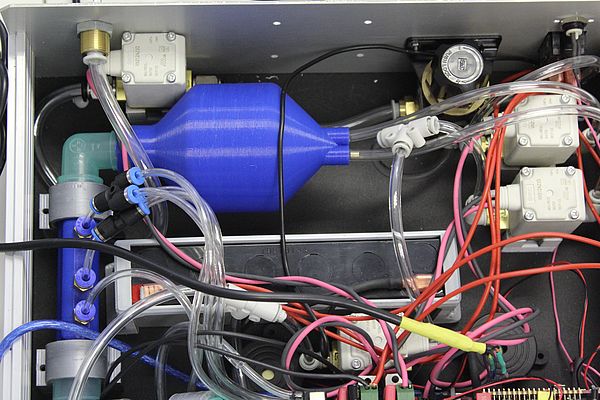In Spain, the scarcity of ICU ventilators put the most serious coronavirus patients in grave risk. To prevent this from happening again, Oxyvita, the new mechanical ventilator for invasive ventilation has been created. This solidarity initiative is led by the open innovation network ennomotive with the support of lyntia, the entity that funded the pre-series; Vithas and its Foundation, the healthcare company that helped to validate the ventilator with their intensive-care doctor’s expertise; and McFly Technologies, the company that made possible a fast industrialization.
OxyVita has successfully passed the animal tests and it is in the process of obtaining the authorization of the AEMPS (Spanish Agency for Medicine and Sanitary Products) to begin the clinical tests with humans. The project will help any country that needs to manufacture ventilators locally. It will also be available for makeshift wards and humanitarian missions anywhere in the world.
A solidarity ventilator engineered for a fast time to market and quick assembly
The number of coronavirus cases is growing exponentially in countries like Brazil, Mexico, Chile, Ecuador, and Peru, just like in Europe back in April. In Brazil, there are already more than 26,000 daily cases and Chile is close to reaching 5,000, a situation that is overcrowding ICUs.
The solidarity ventilator is designed for a fast time to market since it can be assembled and tested locally in the countries where it is going to be used. To this end, the electronics and the software can be sent directly from Spain while the remaining components can be acquired at the destination. These differences make its price go down to 1,000 € while conventional ventilators range from 9,000 € to 60,000 €.
Operational to use after a basic 30-minute training session
The original design comes from Frede Jensen, a British engineer with vast experience in the development of medical devices and ventilators. Therefore OxyVita incorporates a redundant safety system and a complete set of alarms, which allows healthcare staff with no intensive-care experience to use it after a basic 30-minute training session.
As of today, the first Latin American countries where the ventilator has been showcased in industrial companies and institutions are Chile, Mexico, Brazil, and Ecuador. Besides, the initiative is establishing collaborations with medical organizations, NGOs, funding companies, and manufacturers.



















